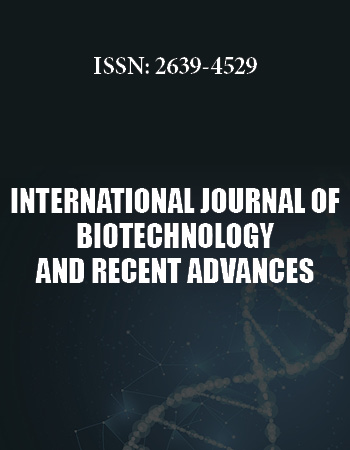International Biotechnology and Research Conference
April 25-27, 2018 Rome, Italy
Effect of Clarifying Agents on the Volatile Composition of Mead
1Escola Superior Agraria, Instituto Politécnico de Bragança, Portugal
2Centro de Investigacao de Montanha, Escola Superior Agraria, Instituto Politecnico de Braganca, Portugal
3Centro de Engenharia Biologica, Universidade do Minho, Portugal
4Academia das Ciencias Veterinarias da Galiza, Edificio EGAP, Espanha
5Instituto Politecnico de Castelo Branco, Portugal
6Centro de Estudos Florestais, Instituto de Agronomia, Universidade Lisboa, Portugal
Mead is an ancient alcoholic beverage containing between 8% and 18% alcohol by volume. It is obtained by fermentation of honey-wort though a complex process demanding both long-term fermentation and maturation. In wine production different procedures are applied for organoleptic propertiesʼ stabilization and improvement, among which clarification. However, studies regarding those procedures in the context of mead fermentation are practically non-existent.
This study aimed to assess the effect of several clarifying agents (i. casein, ii. gelatin, iii. silica, iv. bentonite, v. tannins and vi. bentonite + gelatine + egg yolk) on the volatile composition of mead. The volatile compounds were determined by gas chromatography fitted with a flame ionisation detector (FID) and by gas chromatography-mass spectrometry (GC-MS).
Thirty-six volatile compounds were identified, among which 42.50% belong to the group of alcohols, 40.40% were carbonyl compounds, 14.40% were acetates and 1.8% were esters. Volatile compoundsʼ concentration differed according to the concentration and type of fining agent used. Significant differences (p < 0.05) were found in ten volatile compounds independently of the type of treatment used. Highest volatile compoundsʼ concentration, mainly esters, lactones, terpenes and norisopenoids, were observed in meads clarified with silica; the lowest values were obtained for samples in which tanines were used. From the identified compounds, eleven had major impact on meadsʼ aroma, with OAV>>1.
These results contribute to select the fining agent to be used in mead fermentation and, to a later extent, to improve the sensorial characteristics of this beverage.
Biography:
Leticia M. Estevinho received the Zootechnical Engineering degree in 1985, the MS Degree in Biotechnology in 1989 and the PhD Degree in Science in 1995. In 2009 passed with merit the proofs of “Agregacao”. Leticia M. Estevinho published more than 100 articles in indexed international journals, wrote several book chapters and presented more 160 oral and written communications. Leticia Estevinho is the Head of the Microbiology Laboratory of Escola Superior Agraria de Braganca since 1986 and has been the principal investigator of more than 30 financed research projects.


